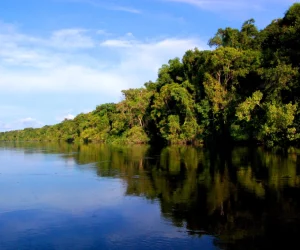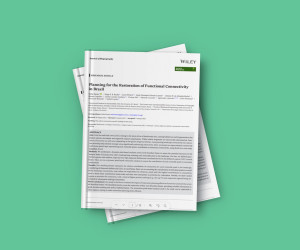Publications > Article
How do we best synergize climate mitigation actions to co-benefit biodiversity?
A multitude of actions to protect, sustainably manage and restore natural and modified ecosystems can have co-benefits for both climate mitigation and biodiversity conservation. Reducing greenhouse emissions to limit warming to less than 1.5 or 2°C above preindustrial levels, as outlined in the Paris Agreement, can yield strong co-benefits for land, freshwater and marine biodiversity and reduce amplifying climate feedbacks from ecosystem changes. Not all climate mitigation strategies are equally effective at producing biodiversity co-benefits, some in fact are counterproductive. Moreover, social implications are often overlooked within the climate-biodiversity nexus. Protecting biodiverse and carbon-rich natural environments, ecological restoration of potentially biodiverse and carbon-rich habitats, the deliberate creation of novel habitats, taking into consideration a locally adapted and meaningful (i.e. full consequences considered) mix of these measures, can result in the most robust win-win solutions. These can be further enhanced by avoidance of narrow goals, taking long-term views and minimizing further losses of intact ecosystems. In this review paper, we first discuss various climate mitigation actions that evidence demonstrates can negatively impact biodiversity, resulting in unseen and unintended negative consequences. Then, it is examined climate mitigation actions that co-deliver biodiversity and societal benefits. The authors give examples of these win-win solutions, categorized as ‘protect, restore, manage and create’, in different regions of the world that could be expanded, upscaled and used for further innovation.








